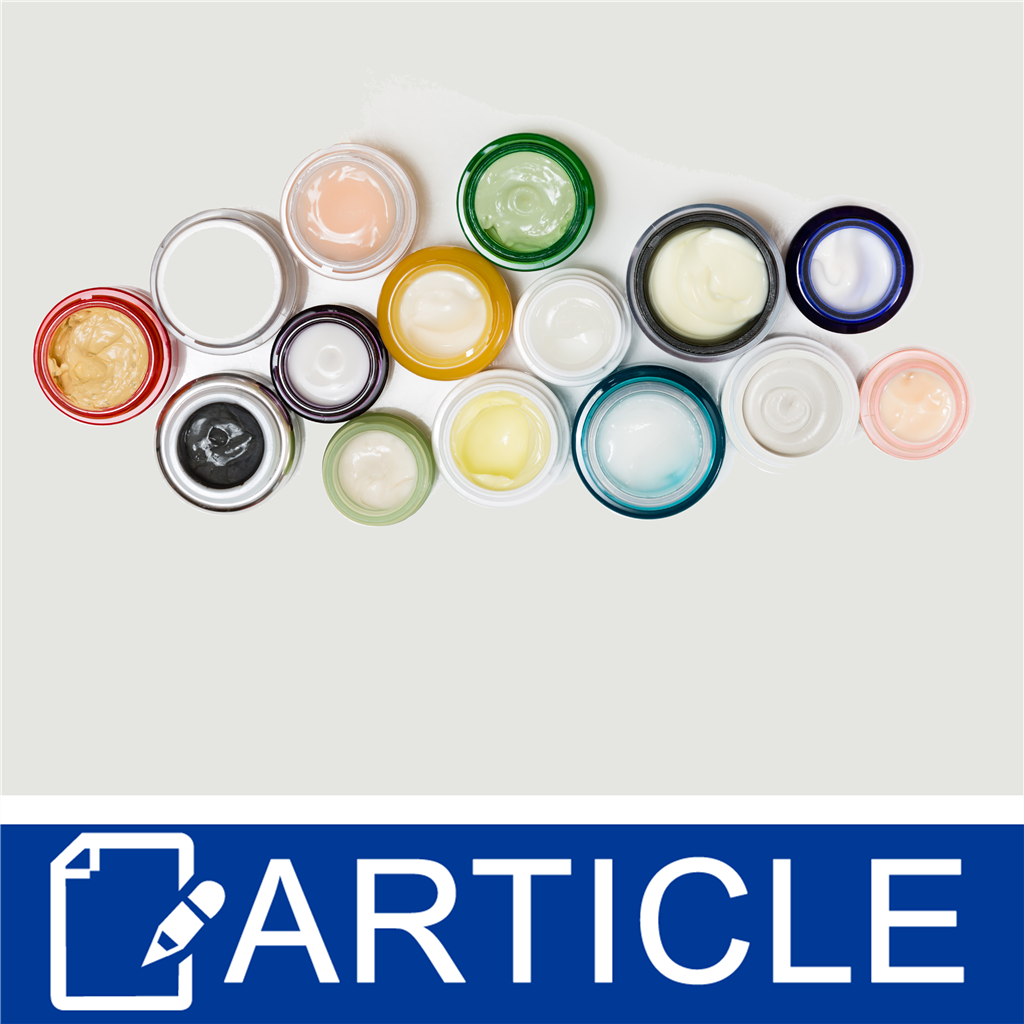Why it matters when emulsifiers are missing of a recipe
Emulsifiers: Secret Ingredients for Accomplishing Completely Mixed Formulations
Emulsifiers play a crucial role in creating stable combinations of immiscible fluids, such as oil and water. Their unique homes permit them to minimize surface area stress, which is important for harmony in various formulas. Recognizing the differences in between artificial and all-natural emulsifiers can influence product high quality considerably. As sectors increasingly look for to boost structure and shelf life, the choice procedure for the ideal emulsifier comes to be paramount. What factors should be thought about in this crucial option?
Understanding Emulsifiers: What They Are and Exactly how They Function
Although emulsifiers might feel like a simple enhancement to formulations, they play an important duty in maintaining blends of components that generally do not mix well, such as oil and water. These compounds operate by reducing surface stress at the user interface between immiscible fluids, permitting them to mix more evenly. Emulsifiers include both hydrophilic (water-attracting) and lipophilic (oil-attracting) residential or commercial properties, which allow them to anchor themselves at the border of both stages. By doing so, they create a protective obstacle that stops the droplets of one fluid from integrating into bigger masses, thereby maintaining a stable emulsion. The performance of an emulsifier depends on its molecular structure, which influences its ability to maintain mixtures. In different applications, from food products to cosmetics, emulsifiers ensure a consistent appearance and look, improving both functionality and consumer charm. Their significance can not be overstated in attaining well-blended formulations.
Sorts of Emulsifiers: Artificial vs. all-natural
Emulsifiers can be generally categorized right into 2 kinds: natural and artificial, each offering distinct advantages and applications. Natural emulsifiers, derived from plant or pet sources, consist of casein, lecithin, and gum tissue arabic (emulsifiers). These emulsifiers are frequently favored in natural and clean-label products due to their minimal handling and biocompatibility. Their mild nature makes them appropriate for delicate formulations, specifically in food and cosmetics

On the other hand, artificial emulsifiers such as mono- and diglycerides, and polysorbates are produced through chemical procedures. They are generally used in commercial applications due to their stability and performance in producing emulsions. Artificial emulsifiers often exhibit premium efficiency in extreme problems, such as heats or differing pH levels. The choice in between synthetic and natural emulsifiers largely relies on the details formulation needs, regulatory considerations, and customer choices, affecting their efficient application in various markets.
Functions of Emulsifiers in Food and Aesthetic Solutions
The duty of emulsifiers expands past mere stabilization; they are basic in achieving the desired appearance, shelf, and look life of food and cosmetic items. In food formulas, emulsifiers assist mix oil and water, creating smooth and uniform appearances essential for sauces, dressings, and milk items. They minimize surface stress, enhancing the stability of solutions, which stops splitting up and lengthens quality.
In cosmetics, emulsifiers assure that ingredients, such as oils and water, mix perfectly, offering a pleasurable feeling and boosting application. emulsifiers. They add to the item's thickness and spreadability, crucial for creams, lotions, and lotions. In addition, emulsifiers can envelop active components, boosting their distribution and effectiveness in formulas. By regulating appearance and improving sensory characteristics, emulsifiers play a vital duty in meeting consumer assumptions in discover this info here both food and cosmetic sectors, ensuring products are not just enticing yet additionally functionally reliable
Picking the Right Emulsifier for Your Item

Additionally, the target application-- whether for food, cosmetics, or drugs-- will affect the choice. As an example, food-grade emulsifiers must follow safety regulations, while cosmetic emulsifiers may need skin compatibility. Reviewing factors such as HLB (Hydrophilic-Lipophilic Balance) assists in predicting emulsifier habits in specific formulations. Eventually, a thorough evaluation of both regulative considerations and functional you can try here needs is necessary to choose the most efficient emulsifier, making sure the end product satisfies the desired top quality and stability criteria.

Tips for Effective Emulsion Development and Security
Achieving successful solution development and stability calls for cautious interest to a number of critical elements. The option of emulsifier plays an essential role; it should be compatible with the oil and water stages to assure efficient stabilization. Second, the proportion of oil to water should be balanced, as an inappropriate proportion can lead to instability. Third, the mixing process needs to be managed; high shear mixing can assist attain smaller bead dimensions, boosting security.
Temperature level likewise affects solution security; maintaining suitable temperature levels during formulation protects against premature splitting up. Additionally, including stabilizers such as thickeners can further improve thickness, minimizing the chance of phase splitting up. Conducting comprehensive stability tests after solution will aid determine prospective problems, enabling for adjustments prior to last manufacturing. By sticking to these guidelines, formulators can achieve reputable and constant emulsions that maintain their preferred residential properties with time.
Often Asked Inquiries
Can Emulsifiers Be Used in Vegan Formulations?
Yes, emulsifiers can be made use of in vegan formulations. Lots of plant-based emulsifiers, such as lecithin from soy or sunflower, give efficient blending without animal-derived components, making them appropriate for a selection of vegan products.
What Prevail Irritants in Emulsifiers?
Typical allergens in emulsifiers include soy, milk, and eggs, as specific emulsifiers are obtained from these resources. In addition, some individuals may respond to additives or preservatives made use of along with emulsifiers in different solutions.

How Do Emulsifiers Effect Life Span of Products?
Emulsifiers boost item stability by stopping splitting up of active ingredients, therefore prolonging service life. They mitigate spoilage triggered by microbial growth and oxidation, leading to prolonged freshness and boosted high quality in different food and aesthetic formulas.
Are There Any Health Problems Related To Emulsifiers?
Research study suggests possible health and wellness concerns associated with emulsifiers, consisting of gut microbiome changes read this article and swelling. While governing bodies normally deem them risk-free, ongoing research studies remain to check out long-lasting results on health and wellness and total health.
Can Emulsifiers Improve Flavor or Aroma in Formulations?
Emulsifiers can improve taste and aroma in solutions by boosting active ingredient dispersion and security. This causes a much more uniform product, permitting flavors to blend effectively, inevitably resulting in an extra enjoyable sensory experience for consumers.
Emulsifiers may seem like a basic addition to solutions, they play an important function in maintaining mixes of active ingredients that commonly do not mix well, such as oil and water. In food solutions, emulsifiers assist blend oil and water, creating consistent and smooth structures essential for sauces, dressings, and milk products. Food-grade emulsifiers need to conform with safety and security policies, while cosmetic emulsifiers may require skin compatibility. Usual allergens in emulsifiers include soy, dairy products, and eggs, as certain emulsifiers are derived from these resources. Emulsifiers can enhance taste and fragrance in formulations by boosting active ingredient diffusion and security.